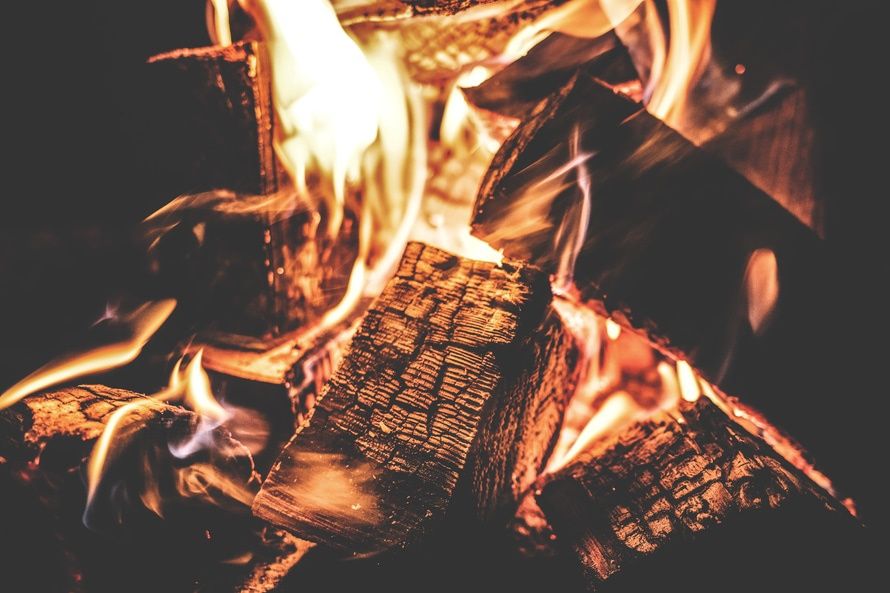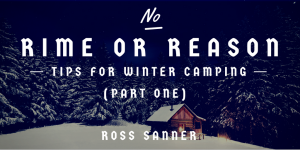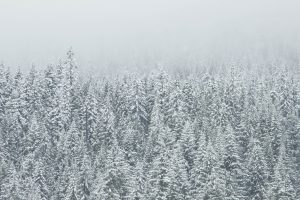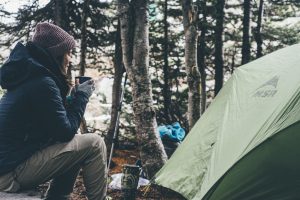This is part one of a two part series that I will be writing on winter camping! Check back soon for the next installment.
The weather outside may be frightful, but with the right equipment and a good attitude, you can enjoy some stark winter vistas that can’t be seen any other time of the year. There’s no need to worry about bugs, but the cold and snow present a whole new array of hazards worth considering.
So obviously, a lot of winter camping is common sense. Dress in layers. Melt snow for water. Don’t let your supply of water freeze. That said, with a new season comes new subtleties. I’ve talked about winter camping before, but now, I’d like to discuss some tricks to help make the most of winter camping, and share some camping spots that look even better in white.
Depending on where you camp in the winter, you may very well face some combination of frostbite, lack of sleep, burns, frostbite, urinary troubles, dehydration, hypothermia, suffocation, and frostbite when you set out. I’m not trying to scare you; only make a point that inadequate preparation can be disastrous, particularly when you may not have other people around to assist you in an emergency.
Insulation is key to avoiding that most prevalent of issues, the cold, and every part of your gear must be chosen carefully. Warm clothing is nice, but less nice if it’s been sitting in a pack outside for the evening. Putting additional clothing, as well as items such as boot liners, into your sleeping bag with you makes them a lot less frosty and insulates you while you sleep.
Speaking of sleeping, you’ll want to invest in a good ground pad. You lose much of your body heat through the surface you sleep on, so without one, you may find yourself a little chillier than you’d like.
But what about when nature calls in the middle of the night? Do you want to venture out into the cold to relieve yourself? Probably not, plus wandering around at night in the snow is generally a poor idea.
Really though, nature is calling all of the time when you’re in the middle of a forest.
It’s an oft-overlooked subject, but your body requires more liquids to regulate body temperature during the winter, so, whether you like it or not, you need to drink more, and you’re going to need to pee more. There’s gear specifically for this purpose, but a regular pee bottle works as well. Just make sure it’s very well marked and doesn’t get confused with bottles for drinking water. Sure, it sounds gross, but these are the kind of little details that make navigating winter camping tricky.
Which leads to perhaps one of the most important tenets of winter camping—manage your water well. If your water supply freezes, it could prove problematic, so avoid this by carrying all vessels containing water upside down. Wide-mouthed bottles are also less likely to freeze quickly. I don’t recommend gear such as bladders for winter camping; the tubing in this equipment can often freeze as well.
In addition to drinking and preparing food, water can be used to keep you warm at night. By now, you’re cuddled up with your boot liners, wearing every layer of clothing that you can, but it never hurts to go the extra mile by heating up a bottle of water and sleeping with that as well.
Bringing in live animals is probably where you want to draw the line, though
Yes, it’s true that we often take for granted the functionality of certain objects, and when said objects malfunction in the cold, it can lead to some dangerous situations. Batteries are one thing to consider; choose lithium batteries over alkaline, as the latter has a tendency to drain faster when exposed to the cold.
Another similar choice is the type of material used in your jacket. While catching on fire may be an ironic misfortune in winter, down jackets are much more liable to be singed than their wool counterparts. Of course, there is a balance here, as wool tends to retain water much more readily than other materials, potentially leading to heat loss if your clothing becomes damp. Do your research on the types of material available, and the advantages and disadvantages of each.
All right, so you’ve managed your water, picked clothing material and gear relevant for your trip, and have everything properly winterized. So where have you decided to camp?
Like many other things when camping in the winter, picking a campsite can take a lot more effort. Falling snow, in addition to potentially burying your shelter, can lead to branches collapsing. Spoilers: a heavy tree branch beats a nylon tent every time. When choosing a site, be sure to avoid any potential avalanche zones and be sure to compact the snow in the area to ensure a good space to deploy your gear.
But where are you traveling? Knowing your conditions is, as I have mentioned, a very important part of winter camping. Next week, I’ll be taking a look at some absolutely beautiful winter camping spots, most of which I only wish I could visit.
In the meantime, stay warm out there.



